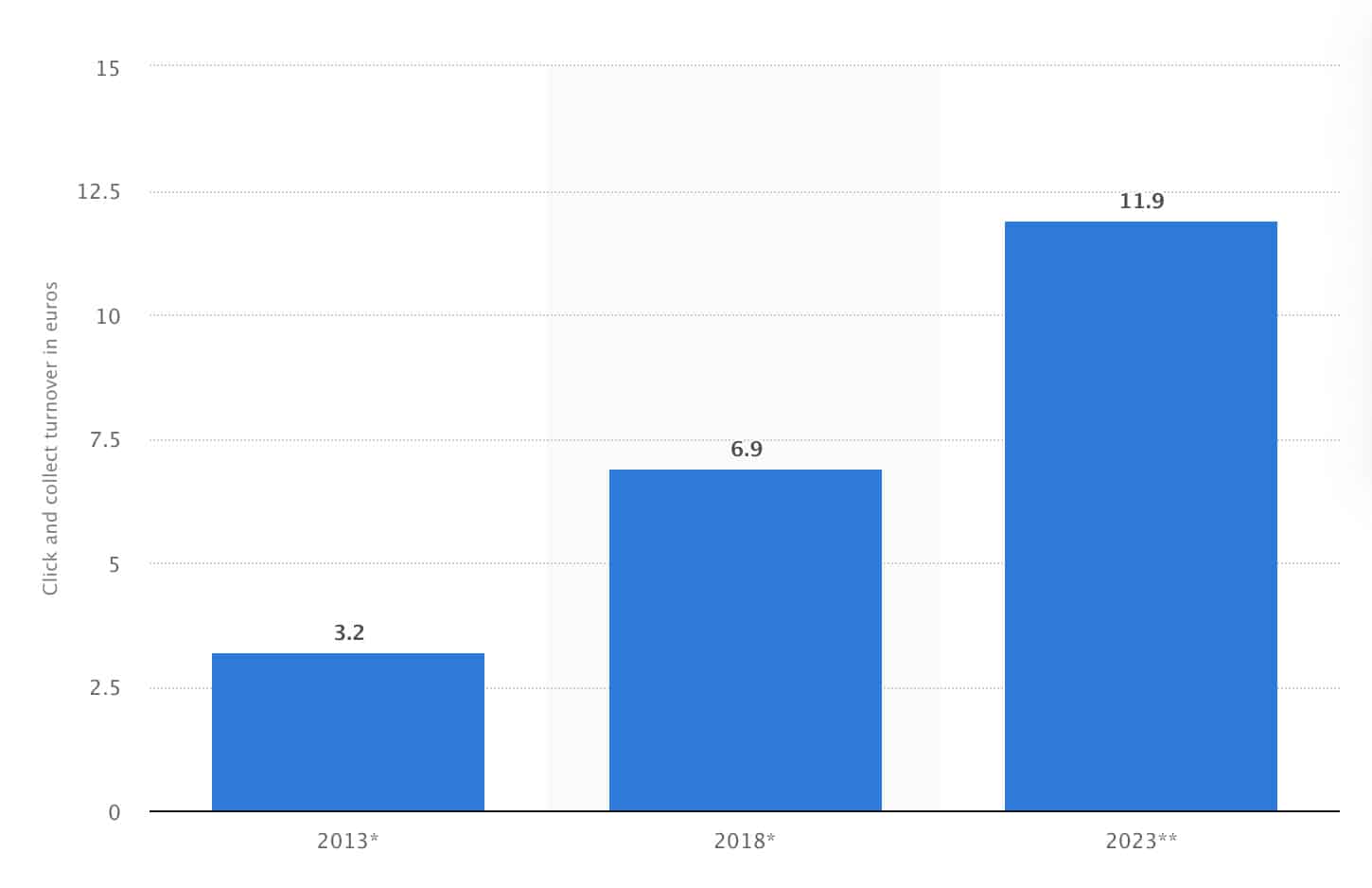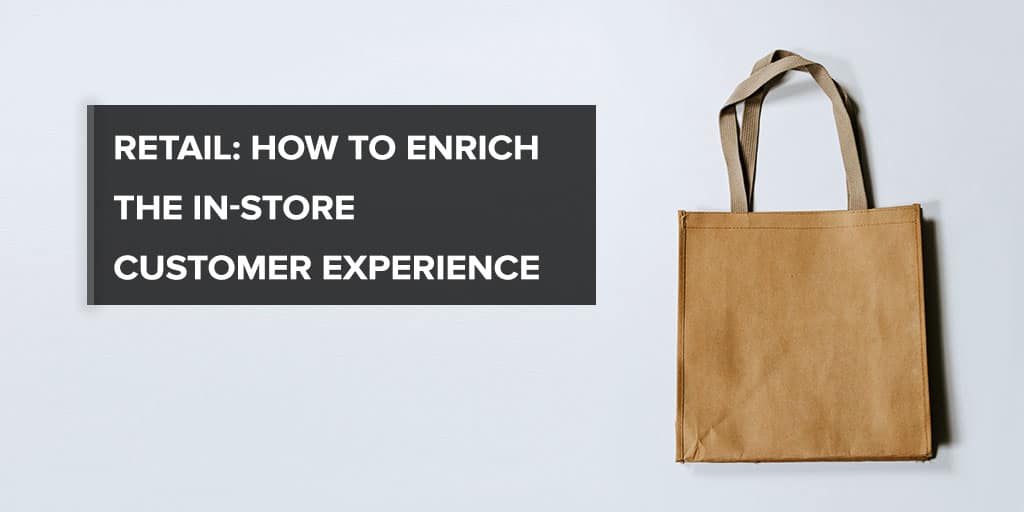Customer experience is key to setting you apart from the competition. This statement is increasingly true of retail because the customer experience is one of the main things that differentiates brick-and-mortar from e-commerce. And one of the major areas that can help improve your in-store customer experience is digital transformation. Read on to discover 5...
Customer experience is key to setting you apart from the competition. This statement is increasingly true of retail because the customer experience is one of the main things that differentiates brick-and-mortar from e-commerce. And one of the major areas that can help improve your in-store customer experience is digital transformation.
Read on to discover 5 complementary ways to enrich your in-store customer experience.
1 — Adopt a Web and Retail Cross-Channel Approach
A Changing Buying Journey
Consumer habits and demands are evolving. They want simplicity, enchantment, and a personalised customer relationship. They are used to juggling between different channels and points of contact: website, brick-and-mortar, social media, email, mobile phone, etc. They move from one channel to another throughout the buying journey. Consumers are no longer just multi-channel; they have become cross-channel (and cross-device).
It is important to adapt to this new behaviour by adopting a cross-channel approach. In the retail industry, this means creating a bridge between your physical sales points and digital channels, to offer your customers a seamless experience and smooth journey.
How Can Retailers Become Cross-Channel?
By connecting your e-commerce site to your physical points of sale, such as with Click & Collect (order online, pick up in person), or with in-store terminals linked to your e-commerce site. Harmonising the in-store and digital customer experience is key.
Click and collect turnover in the United Kingdom

Image credit: www.statista.com
2 — Create a Personalised In-Store Customer Relationship
A Need for Customer Personalisation in Retail
Personalising the customer relationship has become a necessity. Customers expect a privileged and personalised relationship with a brand. This can be achieved both online and at physical points of sale through CRM, Marketing Automation, and behavioural analysis.
A lot of major brands already use this strategy to personalise their in-store customer relationship, through what is known as clienteling, by equipping their in-store sales staff with access to their CRM (via tablet, smartphone, or computer). This enables the shop assistants to adapt their advice based on the customer’s buying history and profile.
Personalising the customer relationship in retail means digitalising your physical points of sale.
3 — Reconcile your Online and Offline Data
Implement a Cross-Channel CRM
Data is at the heart of the customer experience transformation in retail. To implement a cross-channel strategy, you must centralise your information systems and reconcile all your customer data in a single interface – CRM. This includes reconciling online data, for example the behavioural tracking of visitors to your website, with offline data collected in-store. CRMs make it possible to unify this data within a single software environment.
Work Towards a Single Customer View
The aim is to have immediate access to each of your customers’ data, by creating what is known as a single customer view (SCV), which provides a 360° customer overview. Data reconciliation, which breaks down data silos, helps avoid multi-channel data dispersion, and connects all sources of data to an integrated software interface that can be accessed in real time.
The reconciliation of online and in-store data gives your sales staff access to all your customer data, so that they can assist them in the best possible way.
4 — Transform Retail Outlets into Connected Experiences
Sales points should be transformed into experiences, for an enriched customer experience. A shop should not just sell products but also experiences, and be connected: interactive kiosks, smartphone chargers, Wi-Fi hotspots, after-sales service workshops, entertainment zones, geotagging, interactive walls, connected mirrors, etc.

“New Sephora Experience” connected store concept. Image credit: www.lvmh.com
Not only do some of these services or devices enrich the customer experience, they also enable you to collect customer data. For example, a brand that provides smartphone chargers, could ask customers to enter information about their social media accounts.
5 — Turn Your Sales Staff into Personal Shoppers
Technology has not replaced shop assistants. In fact, technology augments them because it helps to provide personalised assistance, and turns them into advisors, personal shoppers, even. Sales staff are equipped with tablets in a growing number of shops, the most emblematic example being the Apple Store.
The success of this transformation hangs on two things: firstly, breaking down the silos between brick-and-mortar and e-commerce, and secondly, training your sales staff.
Either way, organisations must adopt an overall customer-centric vision to enrich the in-store customer experience. The transformation should not only apply to the marketing and sales teams.
It is only by looking at things from the customer’s point of view that you can implement genuinely useful and relevant systems and changes. Which is where customer surveys come into play, as you can better gauge your customers’ expectations by collecting their feedback. Simply follow our action plan to improve your customer knowledge!








